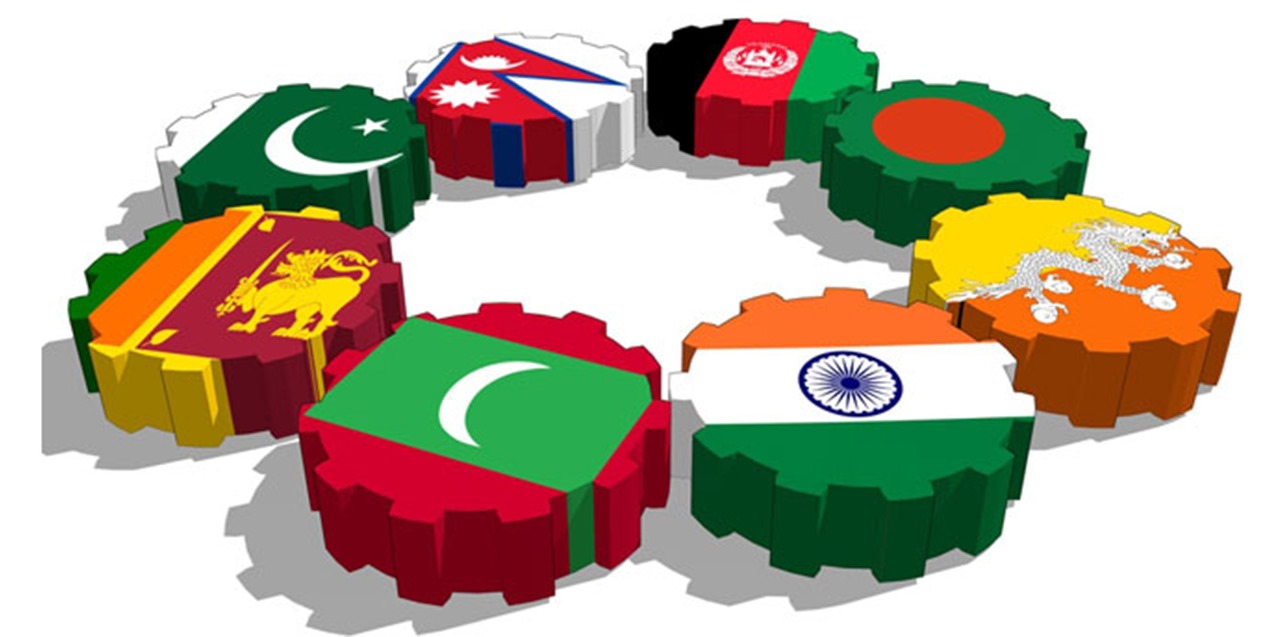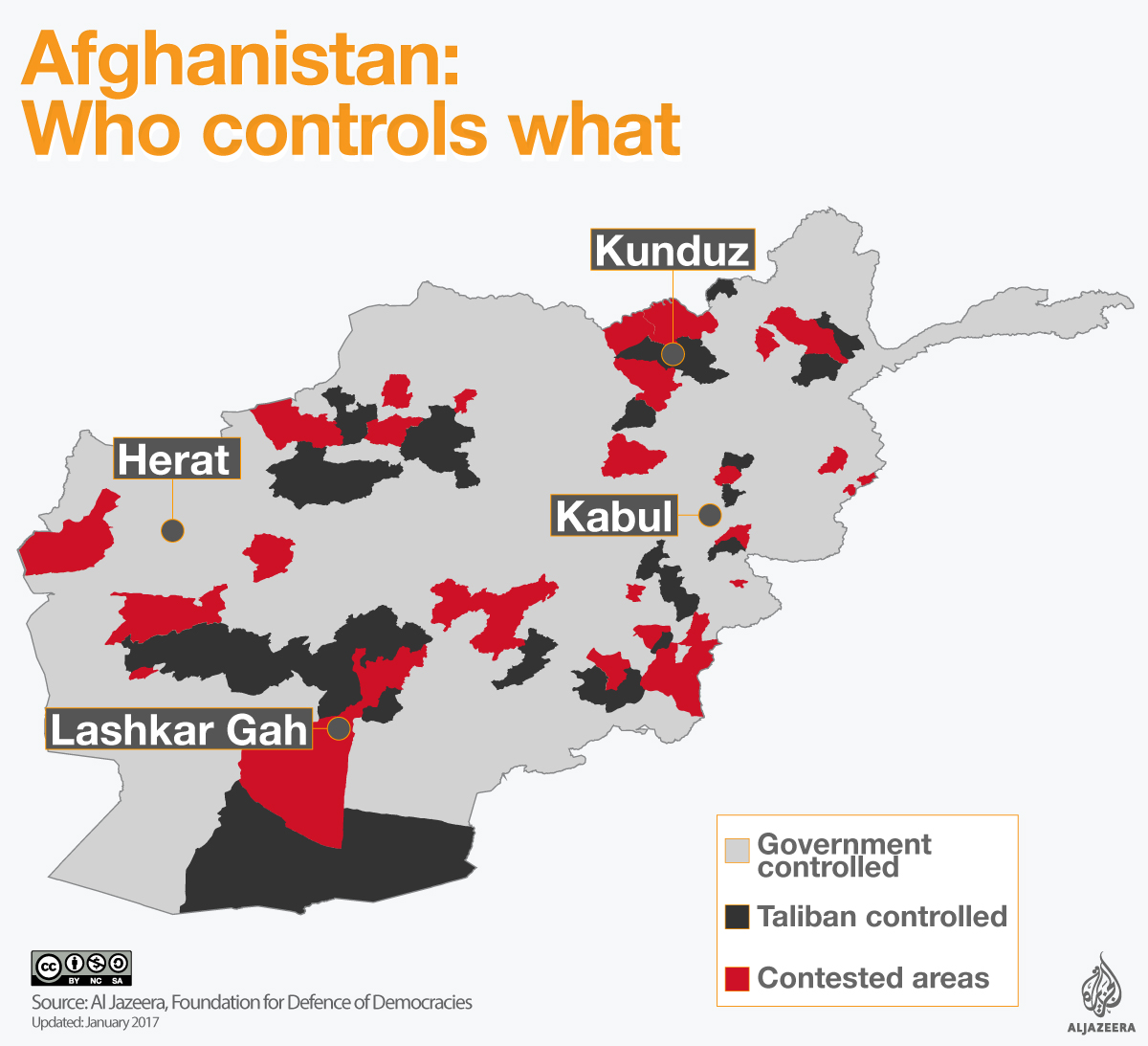When we delve into the history of South Asia’s agriculture, it can be observed that agriculture has witnessed a gradual shift from the traditional and labour-intensive farming to capital intensive commercial farming. Around 51 per cent of South Asia’s 1.6 billion people are directly engaged in agriculture, and 42 per cent of South Asia’s landmass is under agricultural operation as per the Food and Agriculture Organisation (FAO) of the United Nations.
Agriculture holds an important role in coping with the basic needs of the majority of the people in developing countries like Nepal. Hence, agricultural development is an integral part of overall economic development. Agriculture contributes 33 per cent of the total Gross Domestic Product (GDP) of Nepal, according to the Economic Survey of the Ministry of Finance.
Since the past few years, however, the agriculture sector has not been able to show much progress. There have been mounting concerns regarding food security due to low production. Moreover, according to the International Food Policy Research Institute (IFPRI), the global hunger index of Nepal was 22.2, indicating a serious problem of food security.
A few days back, while undergoing research on the nation’s agriculture sector, I was saddened by the fact that rice farming (22 per cent out of total agriculture’s contribution to GDP) was not able to meet the nation’s demand. Moreover, last year’s paddy production in Nepal dropped, and the country had to import rice and paddy worth Rs. 24.75 billion, a net increase of 44.3 per cent from the previous year.
Paucity of agricultural labour, lack of knowledge about variety, poor distribution of seeds among farmers, depleting soil organic matter and water resource and mass urbanisation are major hurdles in the downfall of paddy production.
So the plight of the farmer can be different when they are aware about the climate smart rice developed by the International Rice Research Institute (IRRI). Such varieties of rice are drought, flood and saline soil resistant, and yield 40 per cent more rice compared to traditional varieties. At the local level, many Nepalese farmers are unaware about the varieties of seeds available and also their distribution.
On the one hand, we have two principal ways of increasing production. First, increase the area of cultivable land. Second, increase the production by boosting efficiency. The latter principle, no doubt, holds great prospects for Nepal. On the other hand, the problem is not just about increasing productivity to ease the plight. The co-existence and high probability of both production and price risks are the hardest challenge for the farmers.
Foreign Direct Investment in agriculture has some positive aspects. They are a) capital inflows; b) technology transfer leading to innovation and productivity increase; c) exploitation of agro-business opportunities and promotion of new value chains; d) quality improvement and employment creation; e) an increase in food supply for the domestic market and for export.
Agriculture modernisation is a major contributor to economic growth in under developed countries. So the government should promote the use of machines and equipment to promote agriculture development and commercial farming. To prepare for the future, it is important to draw lessons from the past. So the government should act swiftly to overcome such challenges in the days to come. There is a lot of work to be done in this area.
This article writen by Sudarshan Ananta Nepal was initially published by The Rising Nepal and can be found at http://therisingnepal.org.np/news/11651.







